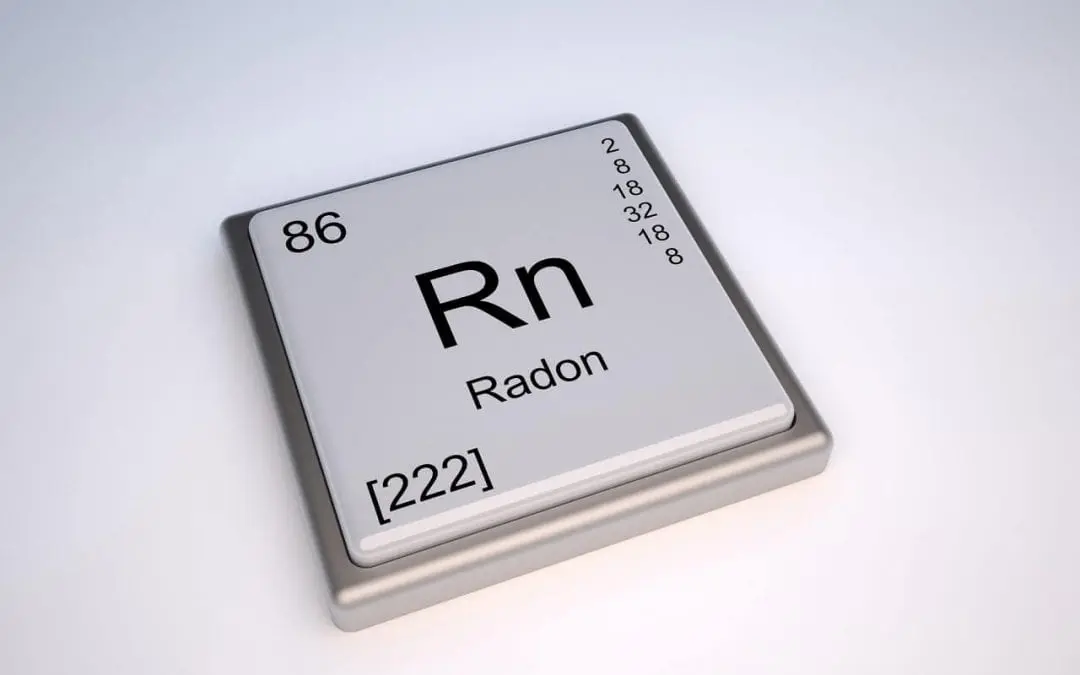What is Radon?
As National Radon Action Month, January is a great time to learn about radon and schedule a test. Radon gas can threaten any home, no matter the age or location. Radon is a naturally-occurring, radioactive gas that forms when other radioactive elements break down underground. It seeps upwards through the soil and dissipates harmlessly outside. Radon only becomes a health hazard when it enters in through the lowest level of houses and builds up to unsafe levels indoors. Here are 5 common questions about radon in the home.
Why is Radon in the Home a Problem?
Exposure to high levels of radon over time can result in lung cancer. Breathing radon damages your cells and puts you at a higher risk for cancer. In fact, second to cigarette smoking, radon exposure is the top cause of lung cancer in the United States.
Radon isn’t detectable by sight, smell, or taste, so there’s no way of knowing your family is at risk without testing for radon. Also, most people don’t experience any early symptoms of lung cancer, so it often isn’t caught until the disease has progressed. This makes the survival rate of lung cancer victims lower than that of other diseases.
How Does Radon Get Into a House?
Radon enters a house through the foundation, either through gaps and cracks near service openings or through the foundation. Once it is inside, radon gas builds up because it can’t escape, especially in new homes with airtight doors and windows.
What is the Best Way to Test for Radon?
Testing for radon should be done by a professional. DIY test kits are available, but they are less likely to be accurate. A radon tester uses professional equipment and is trained on how to administer and interpret the results. The radon testing specialist will also suggest action steps based on your results.
What Can be Done About High Levels of Radon in the Home?
If your home’s radon test shows levels of 4 pCi/L or greater, you can hire a radon mitigation company to help remove radon from your home. These professionals will reduce radon levels through a combination of foundation repairs and installing a radon mitigation system. Once your mitigation measures are in place, continue to test the home for radon periodically to make sure the levels remain low.
Second Opinion Home Inspections offers inspection services and radon testing to Door and Kewaunee counties. Contact us to request an appointment.

